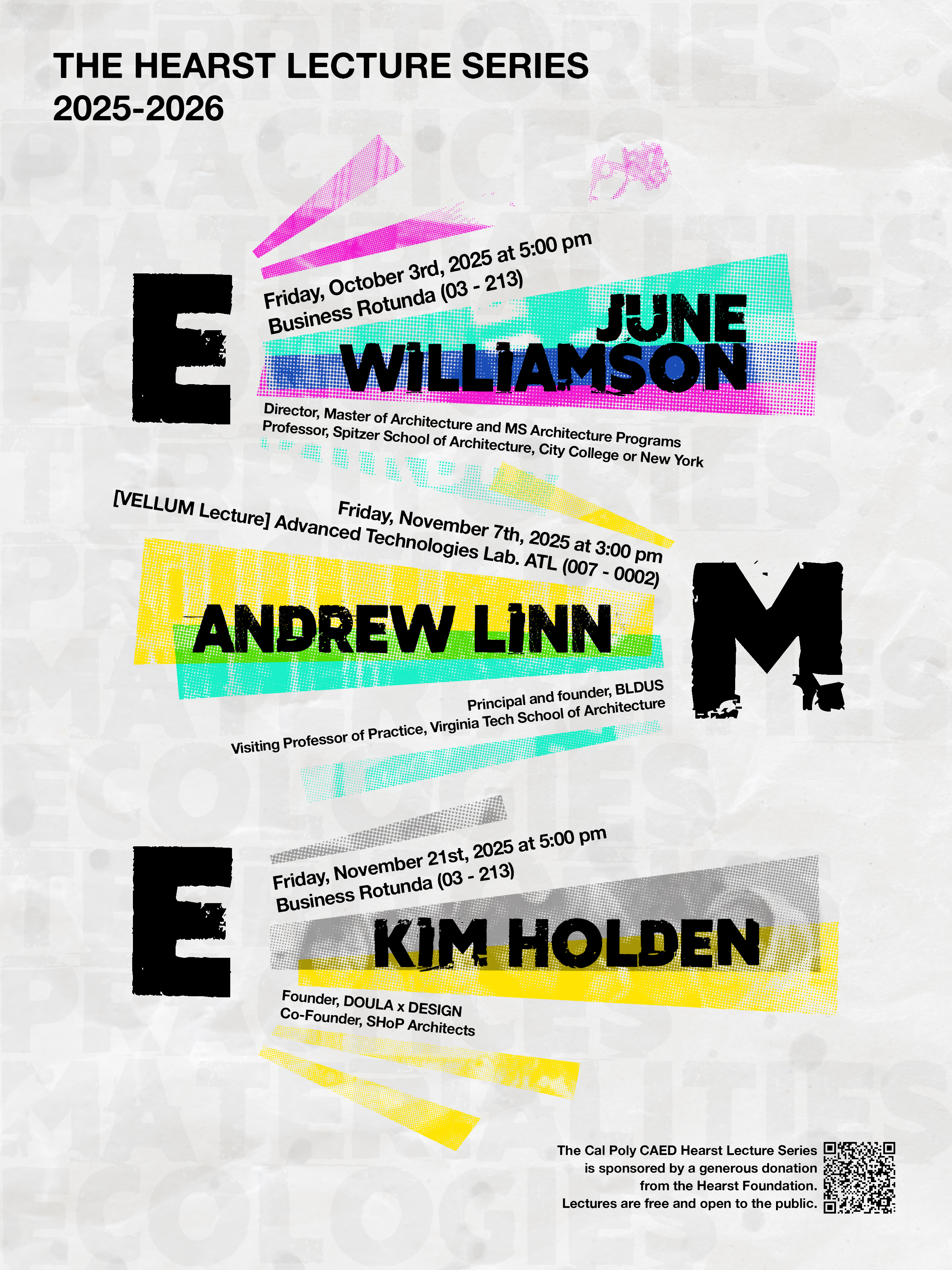Summer in Lisbon: CRP Takes on International Urban Design Workshop
by Emma Roeller
From June 24 to July 5, CRP students participated in the 5th International Urban Design Workshop in Lisbon. Coordinated by City and Regional Planning (CRP) Professor Vicente del Rio and co-taught by professors Fernando Nunes da Silva and Ana Sá Moraes at the Instituto Superior Técnico Lisboa, the workshop focused on the redevelopment potential of a large brownfield — approximately 170 acres. The brownfield was previously occupied by Quimiparque, an industrial complex in Barreiro, a municipality across the Tagus River, a 20-minute ferry ride from Lisbon. The work was integrated into the larger research project Cidade-Tejo that studies the urban interface between the Tagus and Lisbon’s metropolitan region.
The program included seven CRP juniors and one CRP graduate student and architect, a recent architect from Brazil, a landscape architect from Denmark, and three PhD students from Portugal and Angola. The workshop’s three main tasks were: (1) observing Lisbon’s urban design qualities, (2) analyzing the site and the problem, and (3) generating ideas, followed by a final presentation.


Image 1: Isabel Caton, Blythe Wilson and Sheridan Green with their sketches of the Belem Tower, Lisbon.
Image 2: Cal Poly and other international students showing their sketches at the Belem Tower, Lisbon.
In the first week, divided into four teams and guided by faculty, the group explored and sketched Lisbon, learning from its history, urban morphology, architecture, climate, people, and culture. In addition, several professors and collaborators presented on the city, its development, and the Cidade-Tejo research project. During the walks and visits, the students completed Task 1 which consisted in identifying aspects of the city that exemplified the urban design qualities outlined in Urbanity, the Flâneur, and the Visual Qualities of Urban Design: Walking in Downtown Lisbon, Portugal by Vicente del Rio. Observations were complemented by sketches, photos and diagrams helping the participants learn from their surroundings.


Image 3: On the second day of walking tours, students and teachers took the tram up the Alfama and Sao Jorge Castle.
Image 4: The students listening to a professor from the Instituto Superior Tecnico at the Sao Jorge Castle
Parts of the first and second weeks were dedicated to Task 2, a visit to and an assessment of the site and its surroundings, followed by a SWOT analysis focused on accessibility, land uses, buildings, infrastructure, viewsheds, and natural features. The work was documented through sketches, photographs, field notes, and comprehensive maps and diagrams. The remainder of the second week was dedicated to Task 3 when teams focused on concepts and ideas to promote the area’s redevelopment.
All teams produced an overarching vision statement, a set of goals, general ideas, a concept diagram for the entire 170-acres area, and identified an area for a first redevelopment phase for which they produced a scaled illustrative site plan, a schematic section, a volumetric SketchUp model, and pedestrian-level views at key locations. The students used a mix of hand-drawings and software including AutoCAD, SketchUp and Adobe Creative Suite. Addressing the water level rise, the need for economic and housing opportunities and the lack of social and territorial cohesion within Barreiro and to other riverfront towns, the students’ proposals included sustainable ideas, enhanced connectivity through green and public spaces, integrated morphology, affordable housing, attractive public waterfront uses, and the adaptive reuse of underused historic industrial structures.

The workshop culminated with a final presentation to local and international professors, and professionals in architecture, urban design and planning.
“The professors and students were incredibly talented people who were not only knowledgeable about the city, but also responsible for shaping it,” third-year CRP student Sheridan Green said.
The students were praised for their hard work, dedication, professionalism and understanding of the local conditions, and for their complex, innovative and feasible proposals.
“The work was fast-paced and challenging but the experience I gained will serve me for the rest of my career,” Green concluded.
The final posters and reports can be viewed on the workshop’s website, under 2024_Workshop 5.



